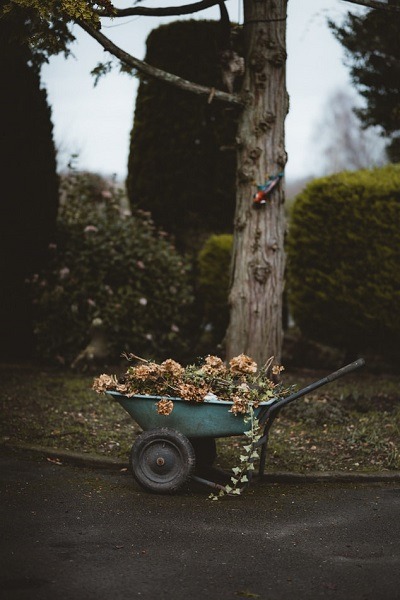Are you a tree enthusiast? Then you’ve probably been advised repeatedly to prune and trim your trees. It’s essential to follow the right combination of pruning and trimming to ensure optimal health for all trees. By doing so, you are taking good care of your trees and ensuring their longevity.
But what are the best ways to trim and prune trees? As a beginner, you must be bothered by this question. We got professional advice from the arborists at Canopy Tree Services, read on to learn more about how to take care of your trees.
Why You Should Trim and Prune a Tree
The first thing you must know is why you need to prune trim trees. There are three reasons behind pruning and trimming trees:
a) Health
Pruning trees is essential for maintaining their health. If there are infected branches or leaves, you must remove them to stop the infection from spreading. It’s also a good idea to thin a tree’s crown to improve the flow of light and air and boost its growth.
b) Appearance
Pruning boosts the aesthetics of trees. You can maintain their shape, though it is best not to follow trends and give your trees unnatural appearances. That’s because the unnecessary amount of trimming required for that might damage or ruin them.
c) Safety
It’s essential to remove branches that are dead or partially broken. Such branches can fall off and harm people or animals. You must also trim off long branches. They can extend towards driveways to cause obstruction or grow close to utility lines.
If you want your trees to grow, bear fruits, and look beautiful, trimming them is non-negotiable.
Things to Remember while Trimming Trees
As a beginner, you must remember a few points when you choose to prune trees. They are as follows:
a) Tools:
To prune trees, you must purchase the right tools. While smaller branches need pruning shears, large branches can be pruned using saws. Loppers should be perfect for mid-sized branches.
b) Growth Direction:
If you want the branches of the tree in a particular direction, you can do it by pruning the cuts accordingly. Select a branch that grows in a specific direction. Then, trim above this branch.
c) Cut Location
Your heading cuts should be about a quarter of an inch above a bud in a slant. If the gap is less, the bud might die. On the other hand, too much gap will give you dead wood.
d) Branch Collar
While trimming branches, the branch collar, i.e., the swelling at the base, must stay intact. So, make the cut above this swelling. Pulling off a partially broken branch can cause a rip across the collar.
These basic tricks will help you master the cutting and pruning of trees soon.
Tips For Trimming Trees
The following tricks will help you to prune trees with perfection –
a) Crown Thinning
Thinning the crown is quite essential. But to achieve perfection, you have to be careful about the consistency of spacing between lateral branches. For that, you should cut off branches that rub against or cross over other branches. However, make sure not to cut off more than a quarter of this section of the tree in a single go. It’s better to space out cutting more than that over several years.
b) Crown Raising
To raise the tree’s crown, you should remove the branches growing around the tree’s base. That’s because branches near the ground can block the clear area around trees. The rest of the crown should cover at least 2/3rd of a tree’s total height. However, you must remember that cutting too many lower branches can lead to the tree’s failure to develop a sturdy trunk.
c) Crown Reduction
While you should avoid a crown reduction, don’t hesitate to reduce the crown as and when it is absolutely required. Sometimes, more than half of the foliage of a branch has to be removed. In that situation, it is best to remove the entire branch. Keep an eye out for branches growing laterally. If they grow beyond 1/3rd of the stem’s diameter, you have to remove them.
Final Words
Ideally, you should trim or prune trees in the dormant season, though it can be done in other seasons, too, especially if there is a hazard. Trim off branches that are weak or grow in narrow angles. But branches angled in the form of a U should be retained.
As a beginner, pruning trees may not always be easy, though you can learn it easily. Whether you’re new or experienced, you should often hire professional tree pruning service providers to extend the life of your trees and make them look beautiful.

